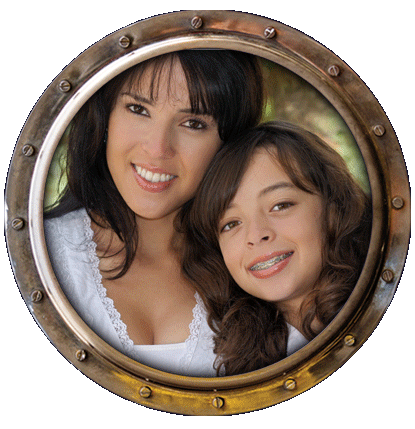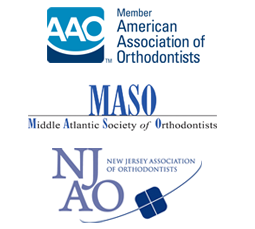Dental Update
Call Giegerich Orthodontics at 609.652.1900 or fill out our online Request an Appointment form to schedule a complimentary consultation with us.
Highly effective and tolerable oral appliance for sleep apnea and snoring
Highly effective and tolerable oral appliance for sleep apnea and snoring
Obstructive sleep apnea (OSA) is characterized by habitual snoring, chronic fatigue and daytime sleepiness. In an apnea episode, breathing stops for a time (often more than 10 seconds). Pauses in breathing during sleep occur due to a narrowed, blocked or floppy airway. Untreated obstructive sleep apnea may lead to high blood pressure, heart disease, sexual dysfunction and stroke.
Male sex, obesity, aging and mouth and facial abnormalities are risk factors for OSA.
Due to the increasing recognition of the role of head and facial anatomy in the existence of OSA, research on the use of oral appliances to manage OSA have stepped up. There has since been ample evidence of the improvement of sleep and modification of health risks with the use of oral appliances.
In one study published in the Journal of the American Dental Association, oral appliances were said to reduce the severity of respiratory disturbances during sleep by about 60 percent, with an overall patient acceptance rate of 75 percent.
Mandibular advancement devices (MADs) are the most common class of oral appliance used for the treatment of OSA. They mechanically protrude the mandible (lower jawbone) with the aim of preventing collapse of the upper airway. A Canadian-based study presented in Annual Meeting of the American Academy of Dental Sleep Medicine last year revealed that mandibular advancement appliances could safely and effectively treat mild to moderate OSA. Long-term efficacy and high patient tolerance were reported.
The researchers found that sleep apnea treatment remained effective between 31 and 53 months after beginning oral appliance therapy. Participants reported high compliance, wearing their appliance 7.1 hours a night, 6.4 nights a week. Daytime sleepiness, fatigue severity, and quality of life also remained improved. A very positive effect on blood pressure and heart rhythm were noted.
Although CPAP (continuous positive airway pressure) is the common therapy for OSA, its tight-fitting face mask is cumbersome for most patients. The surgical approach also requires careful planning and, though it is effective, it is not without risk and complications.
More than 18 million Americans suffer from OSA.
Archive
- 2013-03-21
- 2013-04-21
- 2013-05-21
- 2013-06-21
- 2013-07-21
- 2013-08-21
- 2013-09-21
- 2013-10-21
- 2013-11-21
- 2013-12-21
- 2014-01-21
- 2014-02-21
- 2014-03-21
- 2014-04-21
- 2014-05-21
- 2014-06-21
- 2014-07-21
- 2014-08-21
- 2014-09-21
- 2014-10-21
- 2014-11-21
- 2014-12-21
- 2015-01-21
- 2015-02-21
- 2015-03-21
- 2015-04-21
- 2015-05-21
- 2015-06-21
- 2015-07-21
- 2015-08-21
- 2015-09-21
- 2015-10-21
- 2015-11-21
- 2015-12-21
- 2016-01-21
- 2016-02-21
- 2016-03-21
- 2016-04-21
- 2016-05-21
- 2016-06-21
- 2016-07-21
- 2016-08-21
- 2016-09-21
- 2016-10-21
- 2016-11-21
- 2016-12-21
- 2017-01-21
- 2017-02-21
- 2017-03-21
- 2017-04-21
- 2017-05-21
- 2017-06-21
- 2017-07-21
- 2017-08-21
- 2017-09-21
- 2017-10-21

















